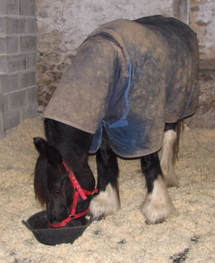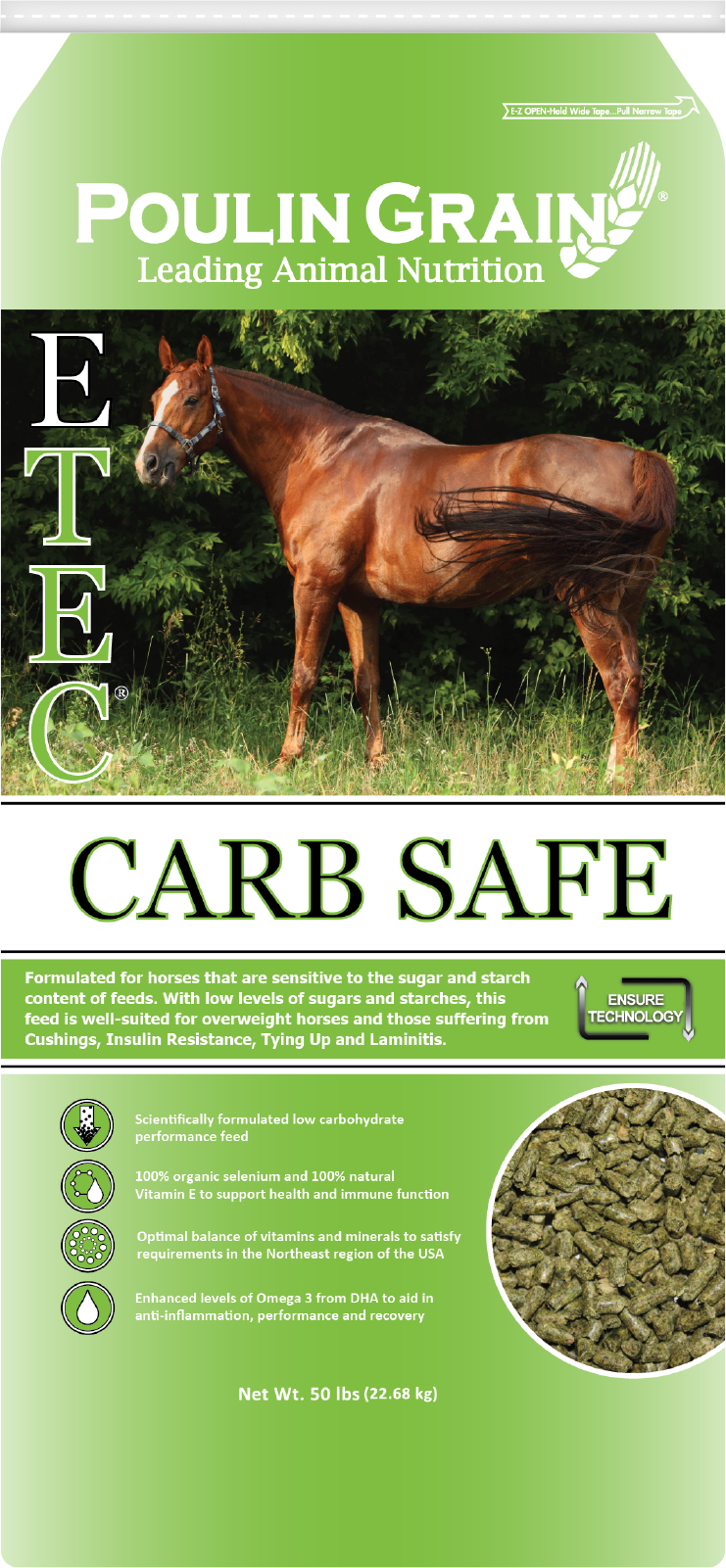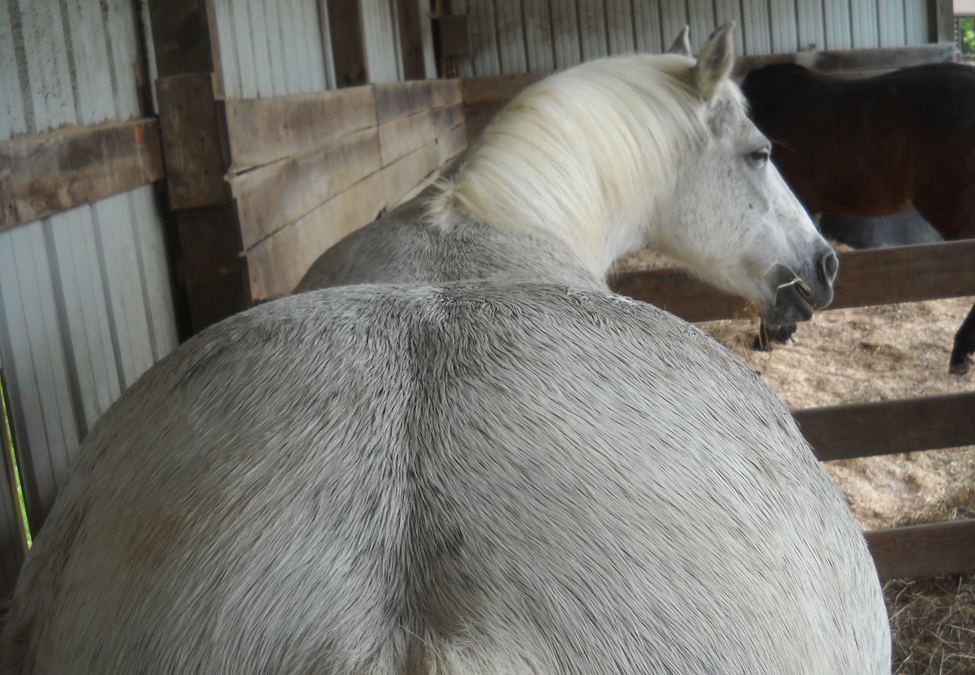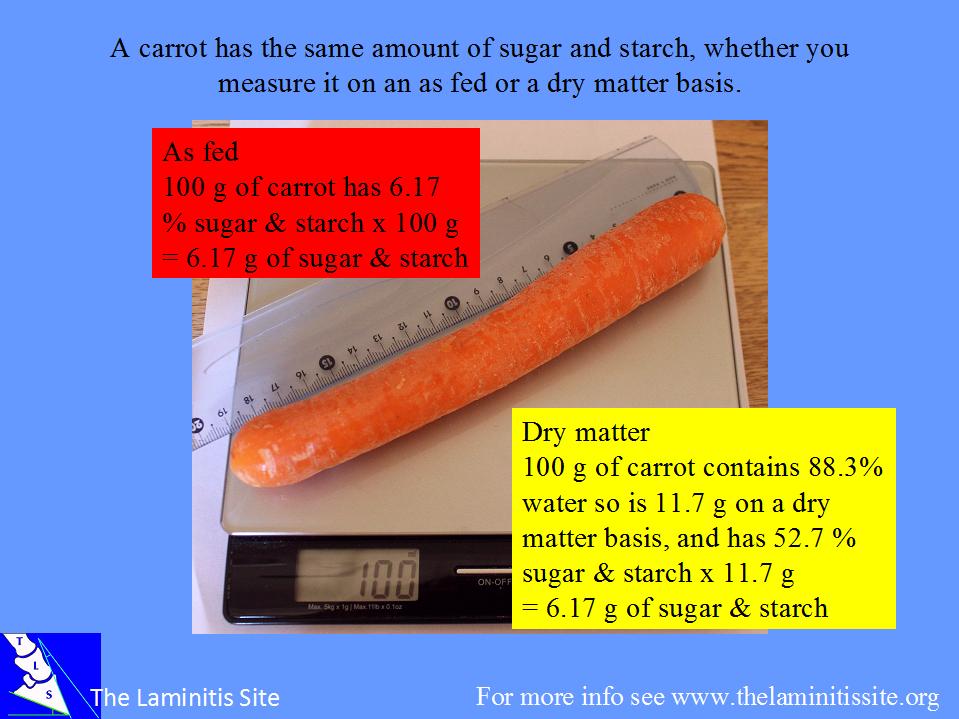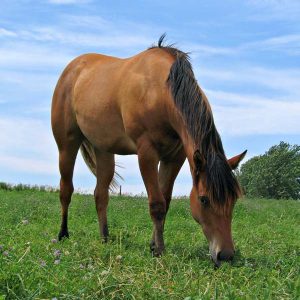Anti Laminitis Feed

In advanced laminitis the coffin bone becomes detached from the horny wall and may rotate or sink.
Anti laminitis feed. Founderguard is a proven preventative for feed induced laminitis. Horses with laminitis need high fiber low carbohydrate diets. 1 5 2 bodyweight hay depending on whether weight loss is needed 1 5 or not 2 so 7 5 10 kg for a 500 kg horse 3 75 5 kg for a 250 kg pony soaked for at least 1 hour then drained to reduce sugars or analysed to show combined sugar starch no more than 10. Founderguard is a significant breakthrough in the prevention of this often devastating disease has been made with the development of a safe and effective feed supplement.
Emergency diet for a horse with endocrinopathic laminitis feed. Wheat bran mashes are good for overweight horses. The terms laminitis and founder are used interchangeably. Laminitis is a complex cascade of events that causes the soft tissues laminae within the hoof to swell weaken and die.
This has allowed much more focused research and effort in treating the cause rather. Adding all this research together means that not only must we be careful not to feed horses prone to being treated for or recovering from laminitis a diet that could lead to a carbohydrate overload in the hindgut for example one containing too much starch but we must also be careful to. Laminitis as a condition is not fully understood by scientists and vets. Equine laminitis has been with us for a long long time.
Laminitis is an inflammatory disease of the leaflike laminae that suspend the coffin bone within the foot. Laminitis results from the disruption constant intermittent or short term of blood flow to the sensitive and insensitive laminae. The nutritional requirements for horses with laminitis are higher and often very specific. Founderguard represents a significant breakthrough in the prevention of carbohydrate induced laminitis.
Laminitis is quite unlike any other equine disease. Once the digestive system is supported high quality nutrients should be provided. Laminitis is now regarded as a syndrome that occurs secondary to something else rather than a discreet disease all in itself. By learning more about laminitis and its causes signs and treatments you may be able to minimize the risks of laminitis in your horse or control the long term damage if it does occur.
Chronic laminitis can be a very difficult disease to treat however by using natural treatments the success rate increases significantly. In lay terms this is known as founder from the maritime term meaning to sink. Treating these horses involves a combination of many alternative and complementary modalities including acupuncture herbs homeopathy and the most important of all nutrition. She advises owners to feed their at risk or laminitic horses according to the animals.

